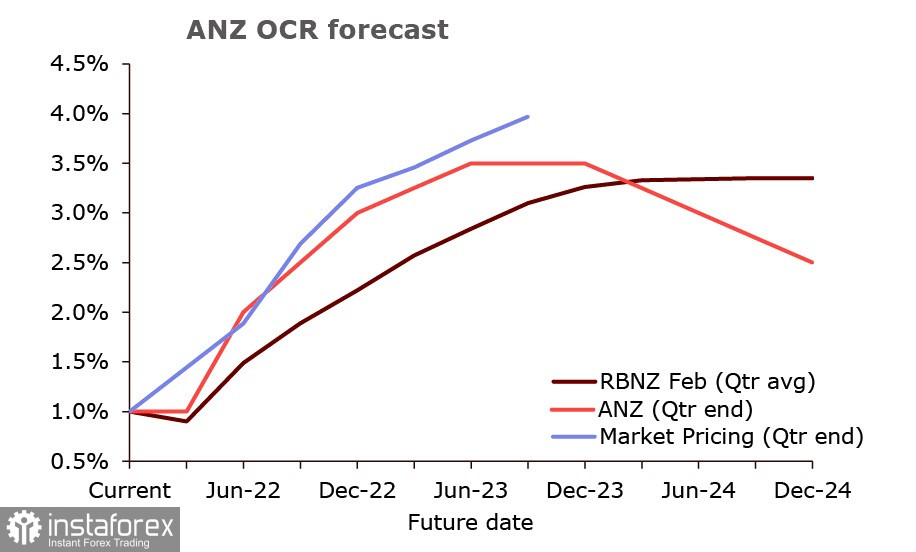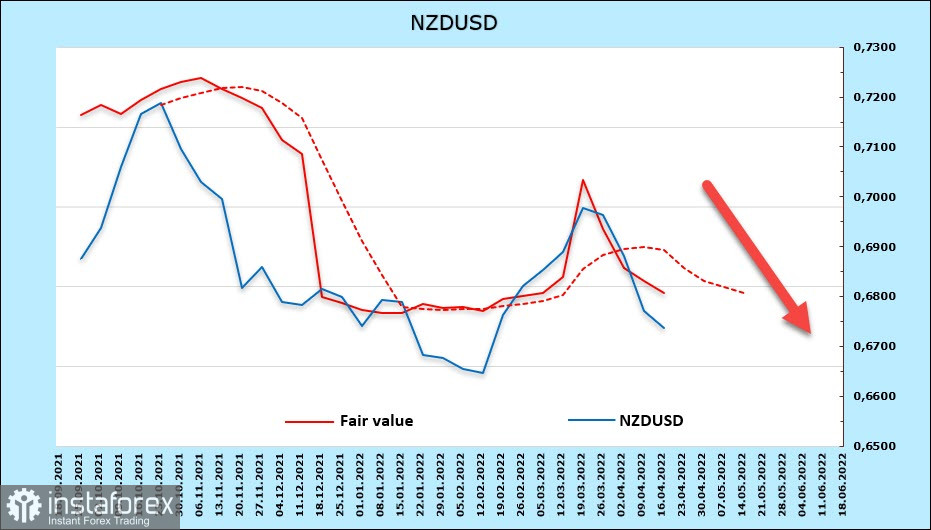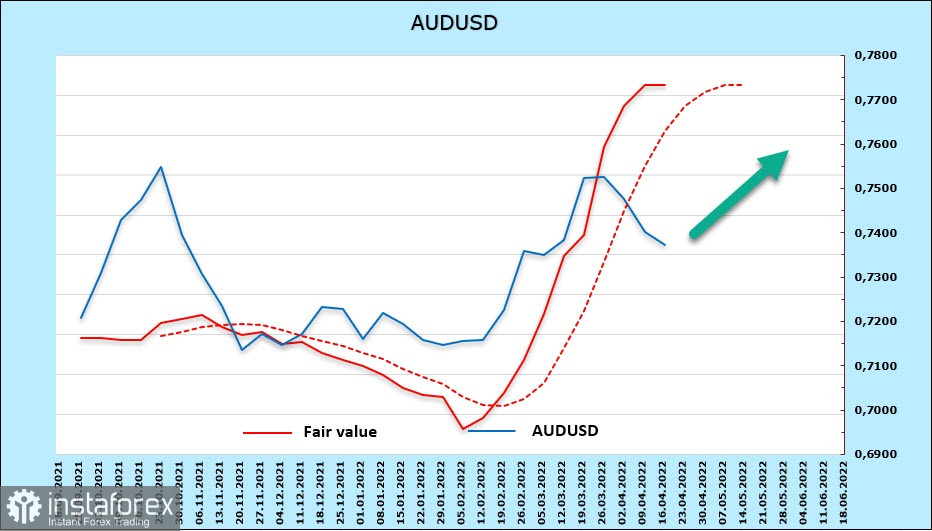Global yields continue to rise. On Monday, 10-year US Treasury reached 2.884%, the highest since December 2018. The catalyst for the rise in yields was oil, which went above $113 per barrel amid supply disruptions in Libya and speculation regarding the refusal of Western countries to buy Russian oil, and the comments of New York Federal Reserve President John Williams on Thursday.
According to Williams, the Fed needs to quickly move to normal levels for the federal funds rate, that is, in the range of 2-2.5%, and this may mean not three consecutive 50-point increases, as the market sees, but four. Williams made it clear that the Fed is not ready to tolerate inflation above 2% and will strive to reduce it as much as possible, despite the threat of a recession.
St. Louis Federal Reserve Bank President James Bullard said Monday that his target is a 3.5% rate by the end of the year. This is noticeably higher than what the markets see. Futures for the rate by the end of the year give only 25% for being above the 2.50-2.75% range.
If Fed officials begin to prepare markets to act even more decisively, the result will be the same – a massive strengthening of the dollar in the future for several months.
NZDUSD
The RBNZ, as predicted, raised the rate by 0.5% to 1.5%. RBNZ leads the way in terms of rate growth, opting for putting pressure on inflation expectations at the expense of economic growth, especially since low rates led to the formation of a bubble in housing construction, which already needed to be stopped.
Now investors and analysts are waiting for another 0.5% increase in May, based on the forecast that inflation may peak around 7% by the end of the second quarter. What will happen next is still unclear, RBNZ in February announced a moderate pace at the rate, intending to reach the level of 2.25% by the end of the year. ANZ Bank believes that this goal is underestimated, and sees the rate at 3% by the end of the year, but futures at the rate give a level even higher – 3.25%.

For now, two things should be noted. First, rate expectations have not yet had an impact on either inflation expectations or business activity, PMI in the service sector rose to 51.6% in March after 7 months of decline. Second, the RBNZ may change strategy, raising rates more aggressively initially, rather than raising rates when inflation picks up even more.
Hence the conclusion. If inflation in New Zealand shows signs of slowing down, then the kiwi will immediately get a chance to grow, firstly, due to a lower starting level, and secondly, due to higher real yields. In the meantime, we need to proceed from the fact that the bullish momentum has not yet formed. It is clear from the CFTC report that there is no direction, the weekly change is minimal (+89 million), and the estimated price is directed downwards.

A corrective growth to the resistance zone of 0.6780/6800 is possible. If it takes place, then there will be a convenient opportunity for sales, the target shifts slightly lower to the support of 0.6660/70.
AUDUSD
The minutes of the RBA meeting on April 5, published this morning, did not contain hints that the first rate hike will take place in May. This was, perhaps, the main intrigue of the minutes. The RBA made it clear that it would consider data on inflation and wage growth rates for revaluation of financial policy, which will be published in the "coming months," which removes the assumption that the cycle will start in May.
At the same time, we note that investors still experience some optimism. The short speculative position, as follows from the CFTC reports, has been rapidly declining for several weeks in a row, last week at +702 million, a bearish margin of -2.141 billion, the estimated price is above the long-term average.

A week earlier, we predicted an attempt to resume growth. The forecast was not justified, the demand for the dollar turned out to be stronger. Nevertheless, we continue to hold a bullish view on AUD, with strong support at 0.7320/40. We consider a decline below this level unlikely, the nearest target is 0.7496. We expect a new high at 0.7664 in the long term.





















